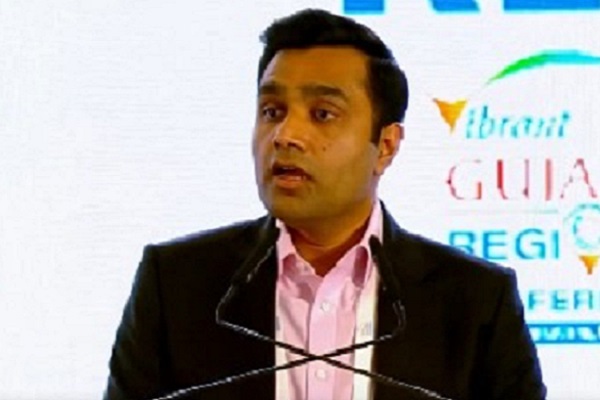Part III: What explains the massive revisions in EPFO payroll data? By Motilal Oswal

* In Part I and II of this series, we argued that: a) there is no wage inflation in India, and b) MGNREGA data suggest continued stress in India’s labor market. In this final part (III) of this series, we analyze the monthly data published by the Employee Provident Fund Organization (EPFO) to get a sense of formal employment in India.
* The headline numbers suggest that India’s formal employment in the first seven months of FY22 continues unabated. The net new subscribers to EPFO stood at 7.3m (or 1m per month) in Apr-Oct’21, with an average monthly net increase of 1.3m during this period. In contrast, it stood at 7.7m (or 0.64m/month) in FY21, which was similar to 7.9m (0.65m/month) in FY20. The lower addition in 1H (at 0.32m/month) was almost entirely offset by a strong growth in 2HFY21 (0.97m/month). It implies that the formal employment in India has increased at more than 1m/month during the past 14 months as compared to 0.7m/month in the pre-COVID period.
* Since every new EPFO subscriber does not represent new employment, it is very difficult to comment on the overall employment generation in the country. Nevertheless, it is certain that formal employment is rising in India. If we combine this data with our findings in Part II of the series, stress in the labor market cannot be ruled out.
* One serious issue with the EPFO data is the massive revisions. The first series of EPFO payroll data was published in May’18, when net new subscriber data were provided for Sep’17 to Mar’18. At that time, EPFO claimed it added 3.9m net new subscribers during the period. However, the numbers were revised down almost every month thereon till they were fixed at 1.6m net new subscribers (only 41% of the originally reported number) for the period after more than a year in May’19. Unfortunately, these massive downward revisions continue to plague EPFO payroll data even now. According to the Dec’21 release, the net new subscribers in Apr’21 were revised down by 39%, ~42% in May’21, 28% in Jun’21, 21% in Jul’21, 17% in Aug’21, and ~9% in Sep’21. Taking cue for the previous couple of years, these numbers are still subject to five-to-six revisions until they are finalized in FY23.
* We reckon that the revisions are primarily on account of ‘exit workers’, rather than gross new additions. The higher the revisions in ‘exit subscribers’, the lower the ‘net new subscribers’. Although companies are required to file their Electronic Challan cum Returns (ECR) by the 15th day of the subsequent month, an employee, in case of an exit, has an option to wait for many months (or years) before filing a settlement/transfer claim. The EPFO data (on the exit) will be updated as and when a claim is filed. It appears that this is the primary factor leading to large and continuous revisions.
* There is one more complication. Based on past years’ data, we learn that EPFO finalizes yearly data every May (data for the year-ending Mar’19 (FY19) was fixed in May’19, data for FY20 was fixed in May’20, and so on). If a settlement is claimed for the past year after May, it is not clear if these adjustments have been made or they have been adjusted in the month when the settlement claim was filed. Both scenarios come with their own set of problems, rendering the EPFO monthly payroll data unreliable.
* One of the biggest limitations of using EPFO-based payroll data is the absence of data on unique existing subscribers (or contributors). Even though an exit employee can wait for a long period before filing a settlement claim, the employer stops paying his/her EPFO contribution on termination. Therefore, new subscribers’ data must be analyzed in conjunction with the number of unique existing subscribers, if only it is available. In the absence of the number of existing contributors, the monthly payroll data is highly unusable for policy considerations.
* Overall, some form of high-frequency data on formal/total employment in the country is a boon. However, the extreme revisions and absence of the number of existing contributors to EPFO makes it an unreliable indicator for policy considerations. In any case, there is no doubt that formalization – in the labor market, payment transactions, etc. – has increased in the country over the past many years.
To Read Complete Report & Disclaimer Click Here
For More Motilal Oswal Securities Ltd Disclaimer http://www.motilaloswal.com/MOSLdisclaimer/disclaimer.html SEBI Registration number is INH000000412
Above views are of the author and not of the website kindly read disclaimer





















